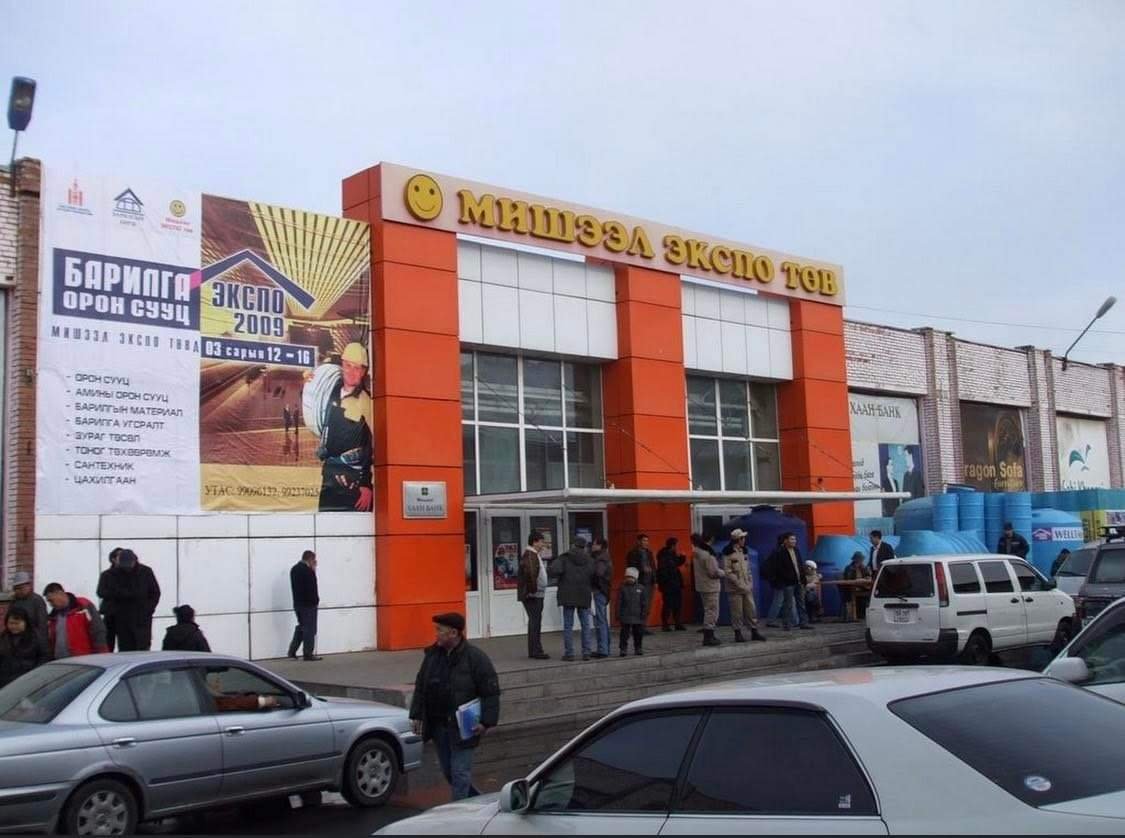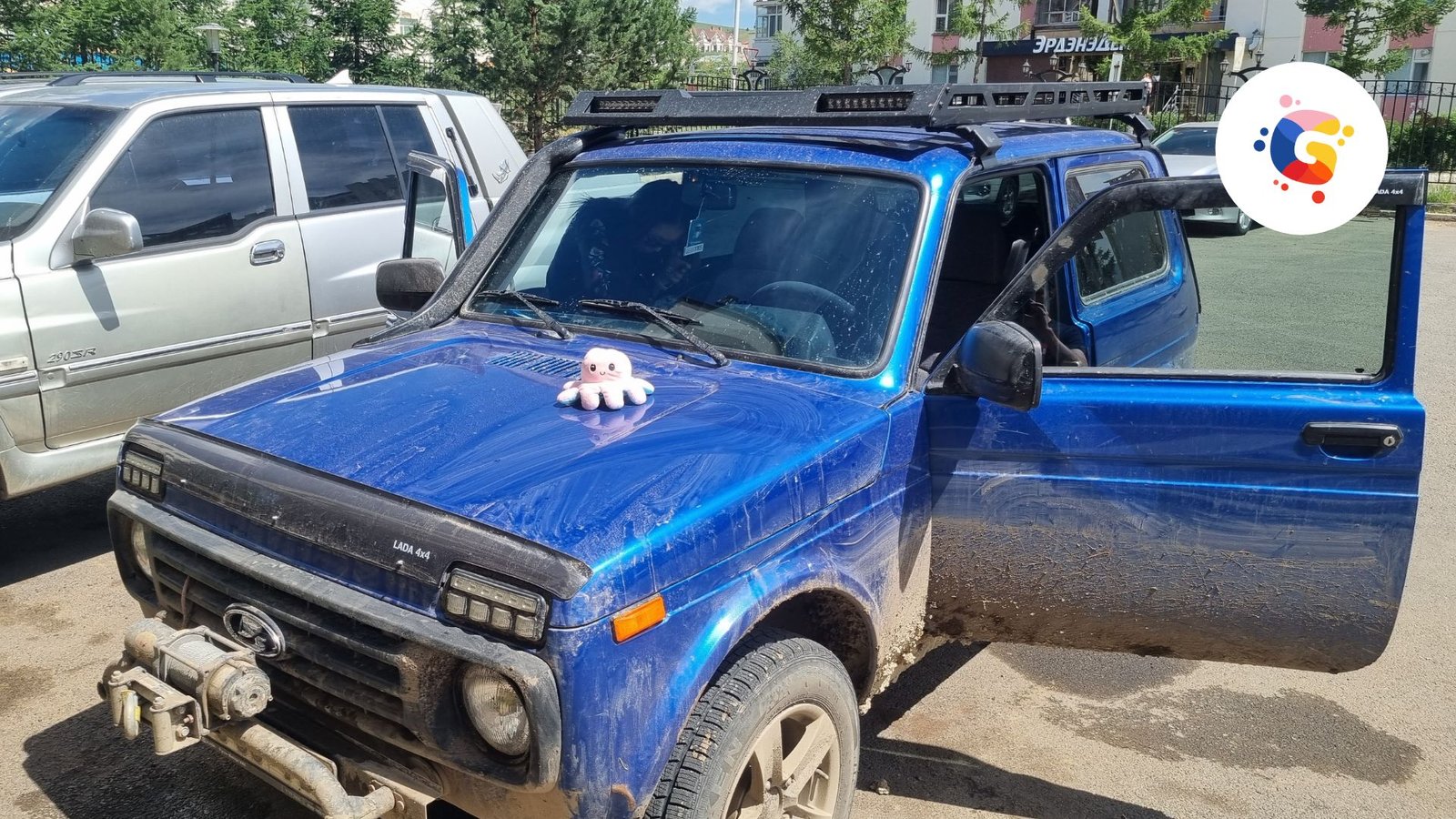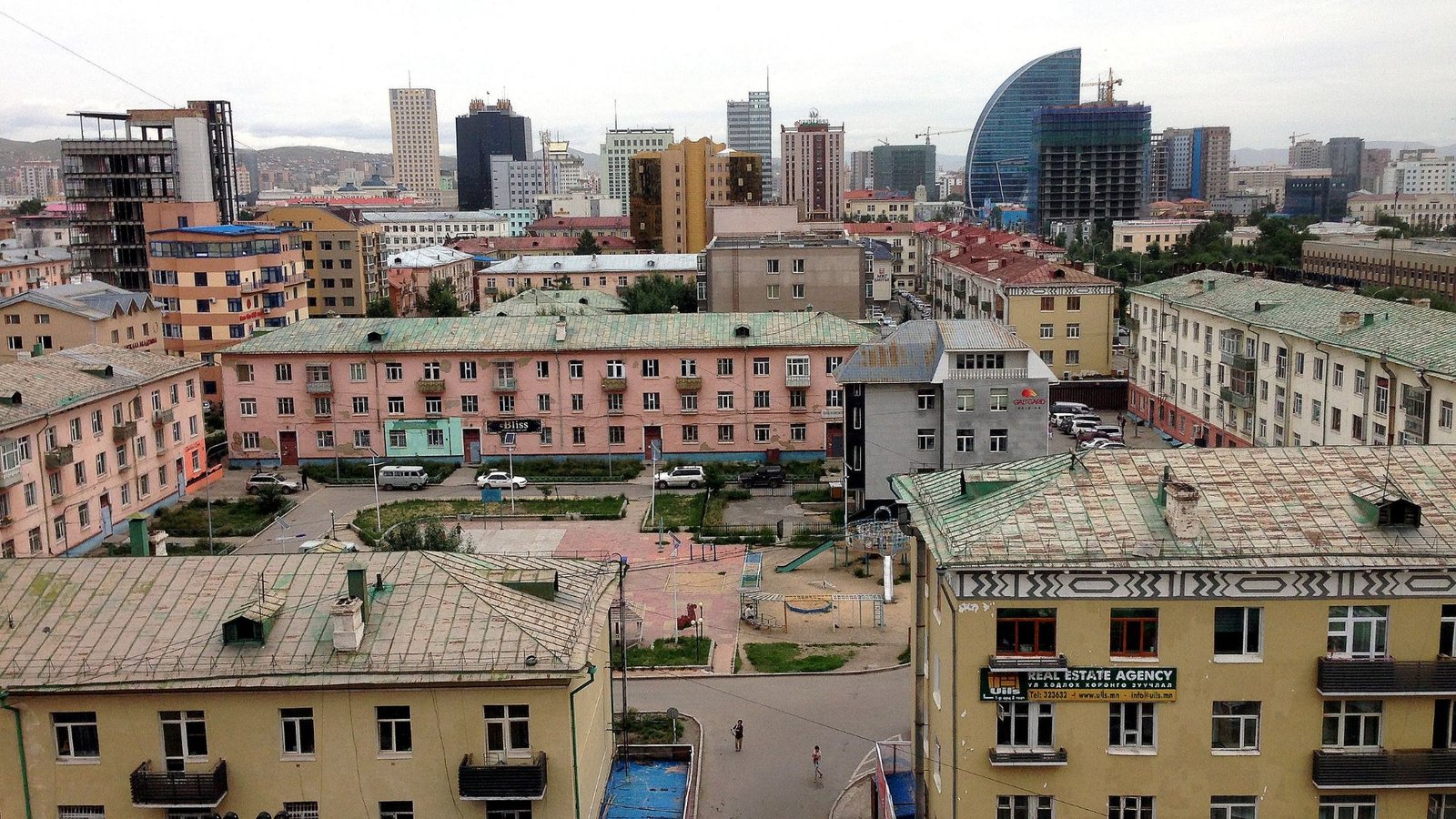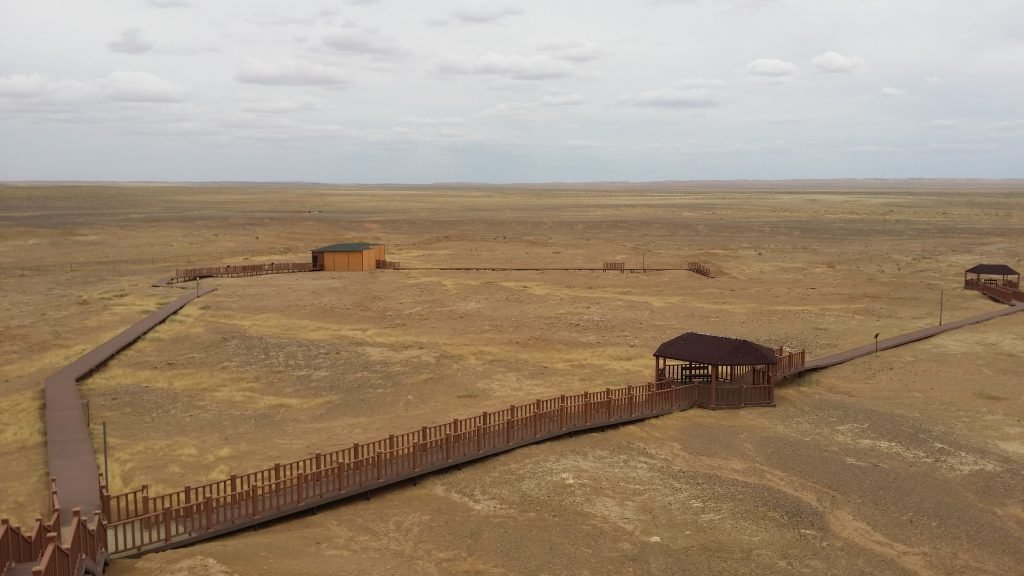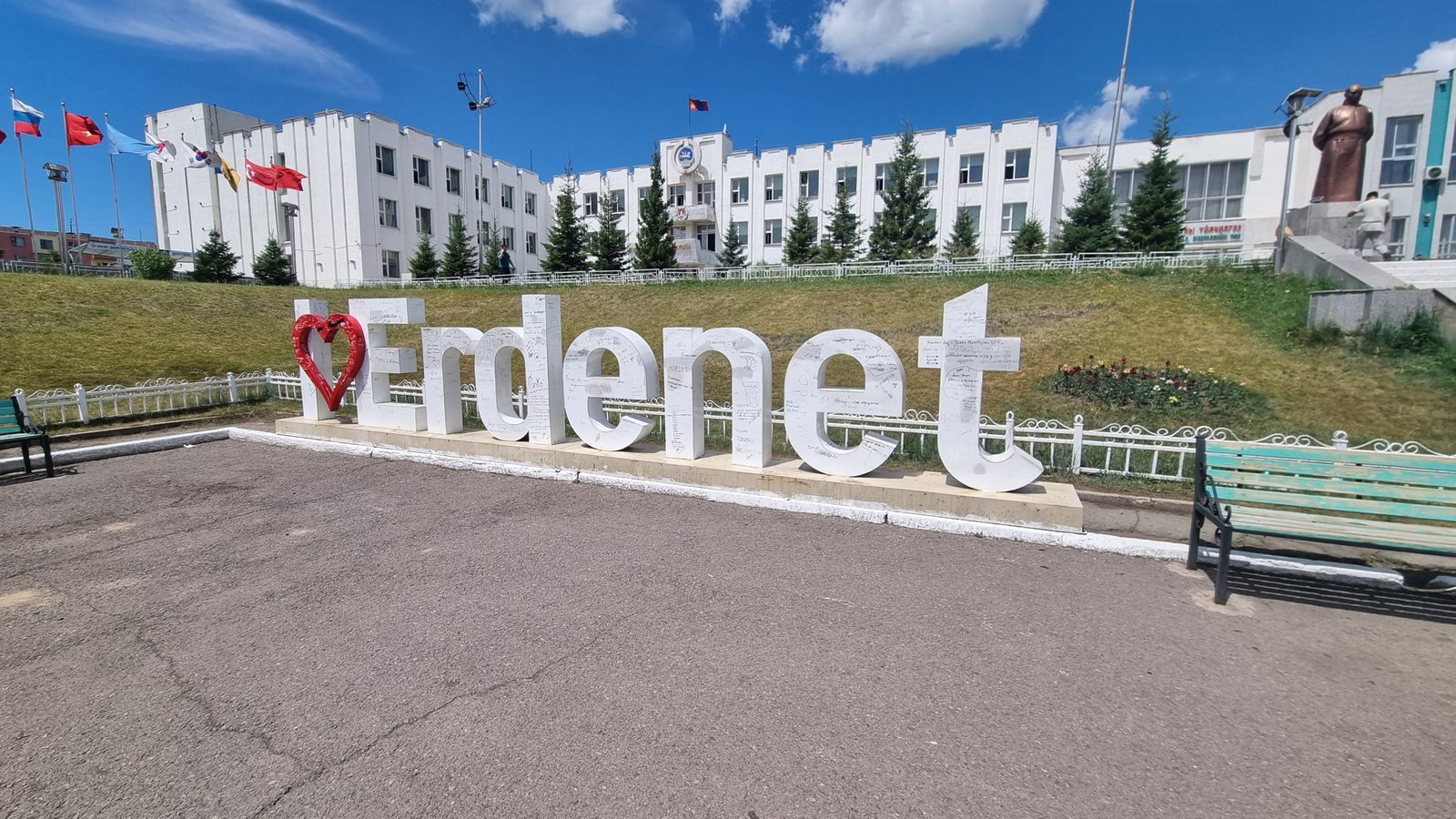
Is Mongolia Safe? 5 Most Dangerous Things!
Mongolia is such a beautiful country it’s no wonder it makes it onto several different travel lists every year. It has so much to offer which other places can’t give you. However, many may ask is Mongolia safe? Is Mongolia dangerous at all? Mongolia often is actually seen as a safe destination for tourists and really it actually is. Tourists shouldn’t need to worry about their epic journey to this fascinating location. But, just like all places there are some things you should be aware of and may in fact find interesting. If you would like to know what makes Mongolia dangerous keep reading! Here are the top 5 things that make Mongolia dangerous:
Driving
Now you may think Mongolia is just like any country. Of course, driving has risks, driving anywhere has risks. That is true but most driving locations won’t have camels that will appear on the road and ‘clothesline’ your vehicle. Mongolia has its own unique risks which if you are driving, should be aware of. Mongolian drivers aren’t exactly the best drivers in the world and will often not obey the road rules. If you are driving in Mongolia, perhaps hiring a rental, be aware and alert that others driving won’t be considerate of you, and to avoid an accident you need to be alert. In Nadaam alone this year, one of Mongolia’s largest celebrations which lasts three days, 14 people died while driving.
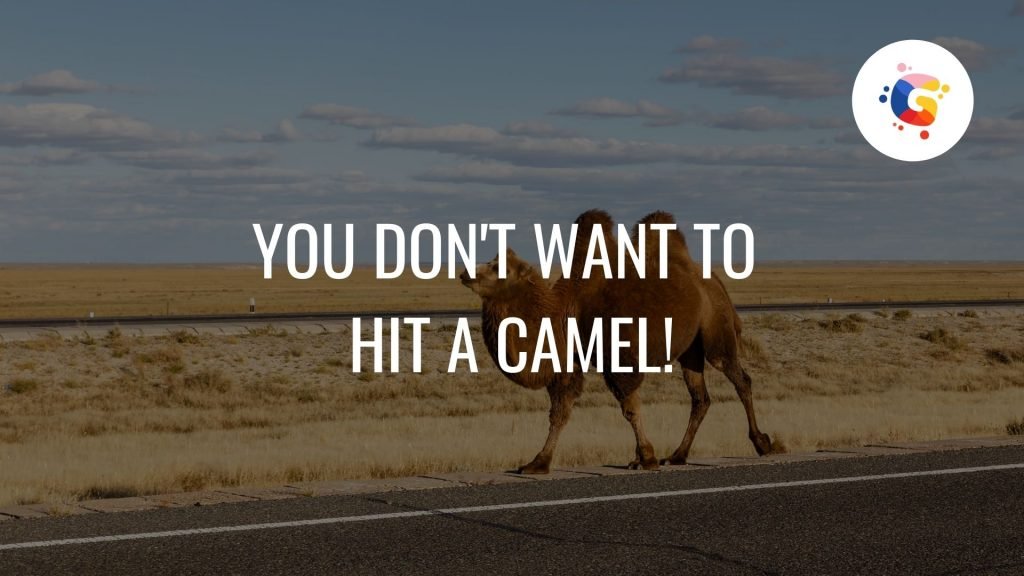
As well as drivers being a danger, the road conditions of Mongolia aren’t exactly good, Mongolian roads are narrow and often in disrepair. Added to this animals and livestock will often wander across the road. There are no fences keeping livestock away from meandering causally onto the highway. You will see sheep and goat herds but also horses, cows and camels which if you hit, you would be lucky if you came away with only minor injuries. Several people each year will die from collisions with animals. Added to this danger is driving at night. Personally, I really do not like driving at night in Mongolia. During the day often you can see animals and slow down to avoid a collision but at night animals are far less visible so I would say be very careful when driving once the sun goes down.
If you are going to travel with a guide make sure they are a certified driver who has experience driving Mongolian roads. Also, don’t be afraid to ask them to slow down if you are concerned about how fast you are driving. The last tip I would say is make sure that alcohol hasn’t been consumed. Mongolians like to drink and drink driving culture isn’t as condoned upon as in other countries. If you want to learn more about Mongolian roads and what to expect, check out this article.
Horse Racing
This list might have a few surprises on it and one of these surprises is horse racing. Horse racing in Mongolia isn’t what you may be thinking. It isn’t like western horse racing where you have a jockey racing around a track. Mongolian horse racing is a lot more exciting and brutal than what you may think of traditional horse racing. Now I don’t expect many tourists to go hop on a horse and enter a race but horses are dangerous. The first time I hopped on a horse in Mongolia I fell off and almost seriously hurt myself so it pays to be mindful of the risks before you take the horse trek you have been looking forward to.
A little background into horse racing in Mongolia. Most horse racing is done around the national celebration of Nadaam in early July but they do happen other times of year as well depending on the area and location of the country. Some areas will organise a horse race for an anniversary or other prominent celebration so just because you don’t come at Nadaam, doesn’t mean you won’t get to see horse racing. During Nadaam you will have small Soum races, Aimag (province) races and the national race. Only children aged between 6-12 will race in these races and I am not joking when I say that they are brutal! During 2022 alone, 23 children have died during horse races across the country and at the time of writing this post the latest victim was a 10 year old girl. Children will race across several kilometres and this race there are no rules, its the first to cross the finish line. Many children will fall off horses during the races and when that happens the race doesn’t stop leading to trampling by other contestants. There is of course growing concern about this cultural practice with the Mongolian public becoming more aware of how dangerous the consequences are and moving for change.
Marmot Meat
This might lead you to several other questions like what is a marmot, and once you google search for it, why would this cuddly little critter be dangerous? Well it has to do with what these cute looking rodents can carry. Marmots can carry Yersinia pestis which is a source of human plague in Mongolia, more commonly known as the dreaded black plugue/bubonic plague. You might be thinking isn’t that what killed roughly 25 million people in the middle ages? Yes its that one, and yes it does still exist! Most cases in Mongolia occur when humans come into close contact with marmots resulting in fleabites or a small amount from the consumption of improperly cooked marmot meat. From 1928-2018 there had been 692 cases of the disease related marmots of which 513 had died, which is well over a 70% death rate!

This disease however, is treatable with antibiotics if administered early enough, but there are still several cases that occur that can even be deadly. In 2019 a couple died after consuming uncooked marmot and its organs, suffering symptoms of fever diarrhoea, abdominal pain, vomiting and inflamed and internal bleeding of organs. Now, this is rare that someone would die from eating marmot. The Mongolian government has outlawed the hunting and eating of marmot and if you are caught with it you can face prison time. That doesn’t stop some Mongolians however, as marmot meat is considered a delicacy so there will always be the occasional case. You shouldn’t have to ever worry about this though, but if you do go to Bayan-Ulgii aimag and by the extremely low chance you end up in a situation with marmot meat, absolutely don’t eat it!
Construction Work
The next on this list is one you probably wouldn’t find others discussing all that often but it is there regardless. There is a huge amount of construction that is happening in Ulaanbaatar. Everywhere you look you will be able to see high rises being constructed. With this boom in construction comes risks. Recently this year two construction workers were killed when a crane collapsed. This is a extreme case but with high rise buildings being constructed you should be careful when being in the general vicinity. Often side walks will have coverage just in case material does fall from construction and nets are normally installed on floors under construction but you can’t garrentuee that that will be the case. Just be aware of your surroundings and you should be okay.
Air Pollution
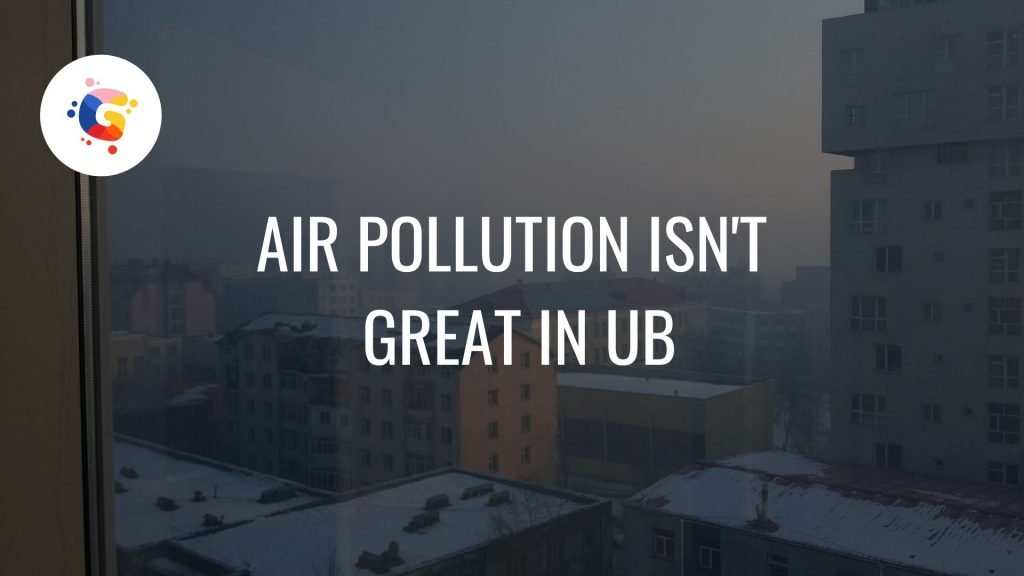
Air pollution has been a persistent problem in Mongolia, especially the capital Ulaanbaatar. Now if you are travelling in summer this shouldn’t be an issue for you but if you plan to come in winter or stay during winter then you should pay attention. Ulaanbaatar has some of the worst air pollution in the world ranking consistently in the top 3. Because of rapid urbanization, air quality continues to be poor leading to many health issues throughout the population. In young children Pneumonia is the second leading cause of deaths in children under 5 and the air quality has severe adverse health risks for pregnant women. If you do stay the city a while you will notice the quality of the air and so during winter many people wear masks, which does very little to help. On a positive note, air quality does seem to be improving as public support pressures the government to find solutions.
Sum Up
Overall Mongolia is a safe country to visit with low crime rates. Most of what I have mentioned above probably won’t have an impact on your stay in Mongolia and I really hope it doesn’t change your mind about experiencing this amazing country. It has so much to offer and it would really be a shame to miss out on an experience of a life time. Just in case you do get into trouble, why not learn a few key phrases of Mongolian which can help you better prepare for Mongolia.
Safe Travels Everyone!


